
phone box
Everything You Need to Know About Phone Boxes: Features, Technical Details, and Benefits
Phone boxes have transformed from traditional structures into modern, functional solutions for privacy and productivity. Designed for workplaces, co-working spaces, and public areas, they provide soundproof, efficient, and ergonomic environments tailored to meet today’s demands. This article delves into the technical details, benefits, and applications of phone boxes, ensuring you get all the essential information.
A phone box is a compact, enclosed structure designed to provide users with a quiet and private space. Unlike traditional telephone booths, modern phone boxes are equipped with advanced soundproofing, ventilation, and lighting systems, making them ideal for personal calls, virtual meetings, or focused tasks.
Modern phone boxes are engineered to reduce noise effectively.
Acoustic Panels: High-density panels absorb external noise, creating a quiet interior.
Double-Glazed Glass: Prevents sound leakage while offering visibility.
Soundproof Seals: Doors and edges are fitted with rubber gaskets to block noise.
Noise Reduction Ratings (NRR): Most phone boxes achieve NRR levels of 43-45dB, ensuring a peaceful space.
Proper airflow is essential for comfort, especially in enclosed spaces.
Quiet Fans: Ensure continuous air circulation without disrupting the soundproof environment.
Smart Sensors: Detect occupancy to regulate airflow automatically.
Air Exchange Rate: Typically provides fresh air circulation at 30-50 m³/h, preventing stuffiness.
Lighting enhances both functionality and comfort.
LED Lighting: Energy-efficient LEDs mimic natural daylight with a color temperature of 3000-4000K.
Motion Sensors: Lights activate upon entry and turn off when unoccupied, saving energy.
Dimmable Options: Premium models allow users to adjust brightness to their preference.
The design of a phone box balances durability and aesthetics.
Exterior Materials: Laminates, aluminum, or powder-coated steel for a sleek and sturdy finish.
Interior Materials: Acoustic foam or fabric-covered panels for sound absorption and modern aesthetics.
Weight and Portability: Weighs between 200-400 kg, with modular designs for easy installation and relocation.
Phone boxes support modern technological requirements.
Power Outlets and USB Ports: Convenient charging options for devices.
Optional Add-Ons: Built-in screens, speakers, or microphones for seamless virtual communication.
Cable Management: Integrated systems to keep interiors tidy and organized.
Phone boxes provide a distraction-free environment, making them perfect for tasks requiring concentration.
Ideal for confidential calls or sensitive discussions, especially in open-plan offices.
The soundproof design ensures clear communication, particularly in virtual meetings.
Phone boxes are modular and portable, making them suitable for various settings.
They are more affordable and sustainable than constructing permanent private rooms.
Single-User Models: Compact sizes around 1m x 1m x 2.2m.
Multi-User Models: Larger configurations, such as 2m x 2m x 2.2m, for 2-4 occupants.
Soundproofing Level: Typically reduces noise by 28-35 dB.
Airflow: 30-50 m³/h with noise levels below 30 dB.
Power Consumption: LED lights typically consume less than 15W.
Frame Material: Aluminum or steel for strength.
Panels: Acoustic foam with a fire-retardant rating.
Corporate Offices: For private calls and focused work.
Co-Working Spaces: Providing personal spaces in shared environments.
Public Areas: Airports, malls, and libraries for quick, private use.
Educational Institutions: Quiet study booths for students or staff.

EJ004

EJ004 Glass

EJ011 Walten

EJ015 Carron

EJ016 Portland

EJ033 Spray

EJ038 Tummel

EJ048 Merrick

EJ076 Pitlochry

EJ104 Lead

EJ105 Dolphin

EJ125 Galilee

EJ138 Black

EJ154 Adriatic

EJ169 Clan

EJ172 Chaucer

EJ173 Austen

EJ175 Inverness

EJ180 Cluanie

EJ184 Vit

EJ185 Staffa

EJ186 Fairisle

EJ187 Lora

EJ188 Easdale

EJ189 Ronay
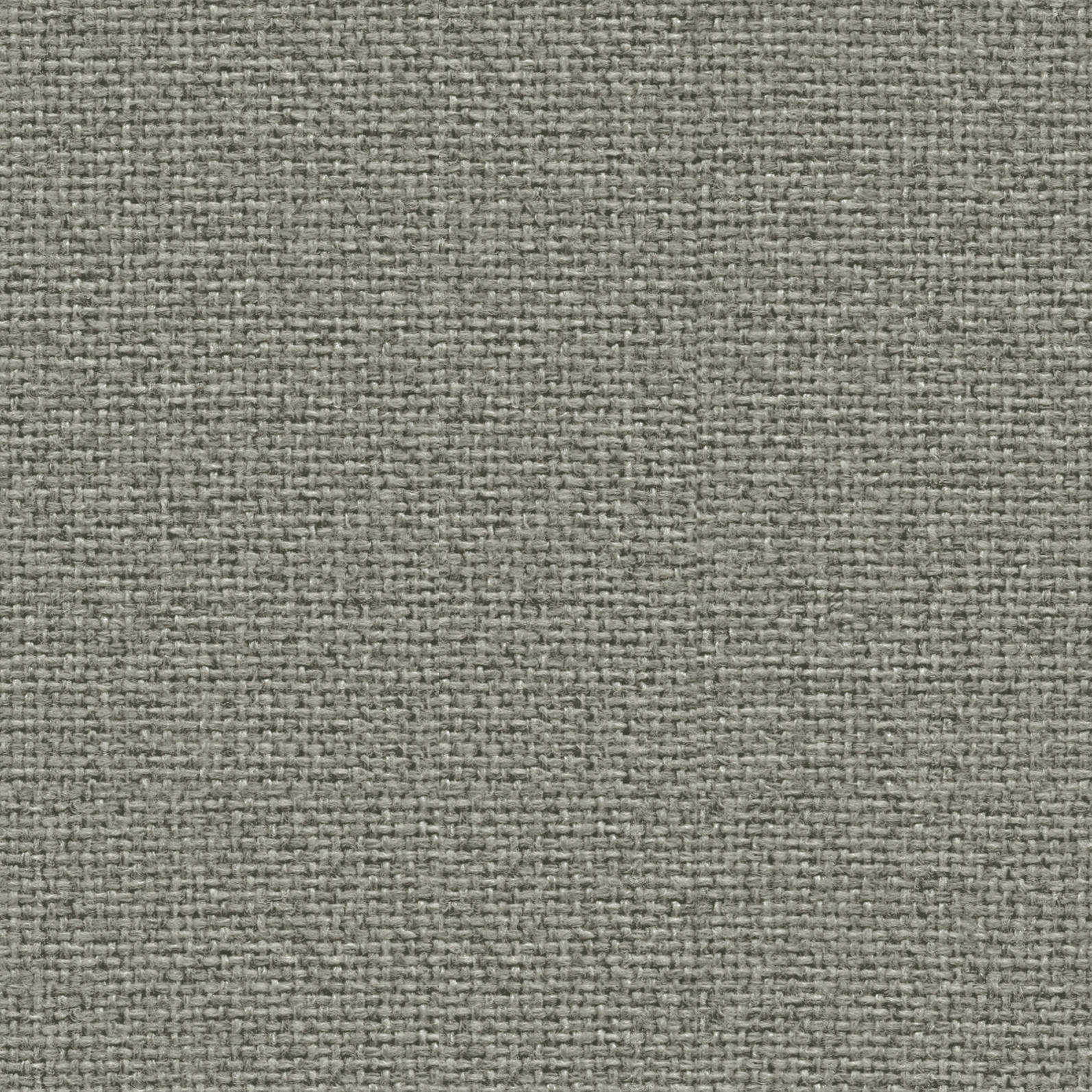
EJ190 Hillswick

EJ191 Shetland

EJ192 Lomond

EJ193 Lomond

EJ194 Lerwick

EJ195 Maree

EJ196 Denny

EJ197 Lossie

FHR01

FHR01 Song

FHR02 Voice

FHR03 Beat

FHR05 Amp

FHR06 Audio

FHR07 Melody

FHR09 Pop

FHR12 Acoustic

FHR13 Soul

FHR16 Verse

FHR17 Chorus

FHU04 Music

FHU08 Vocal

FHU10 Chime

FHU11 Rap

FHU14 Classical

FHU15 Lyric

T03

T03
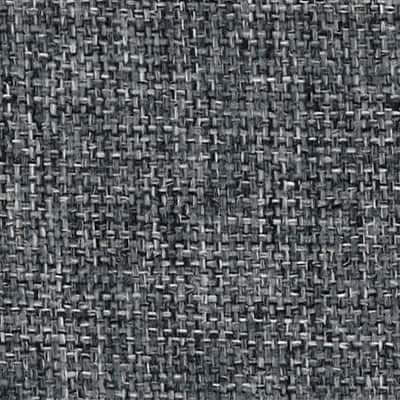
T60
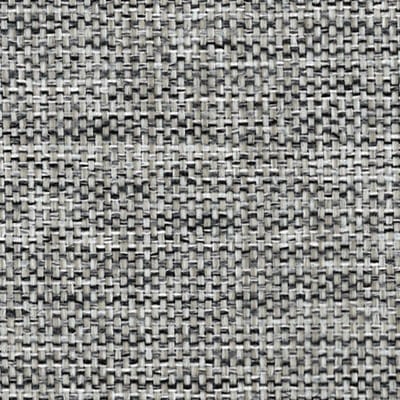
T72

T74
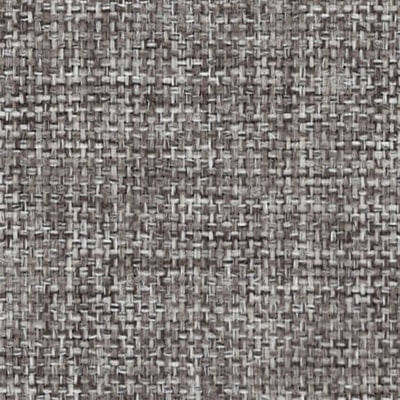
T75

T0-1
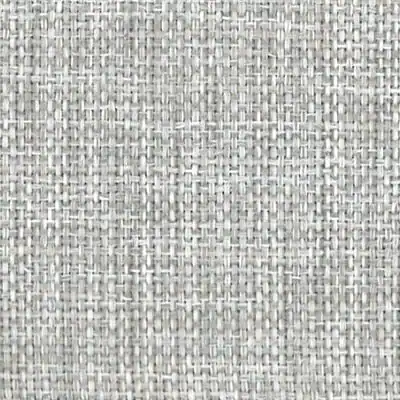
T0

T00

T02

T04

T05

T06
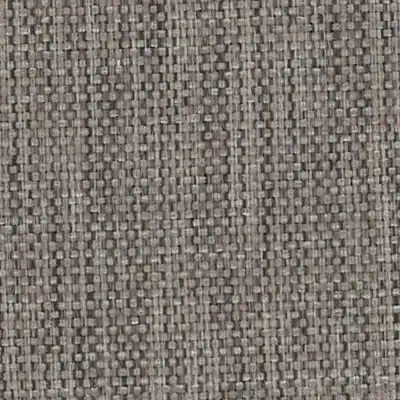
T08

T09

T11

T13

T14

T15
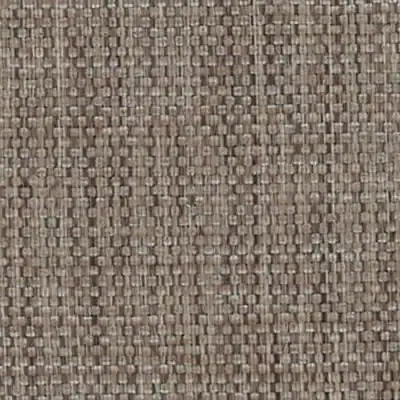
T16
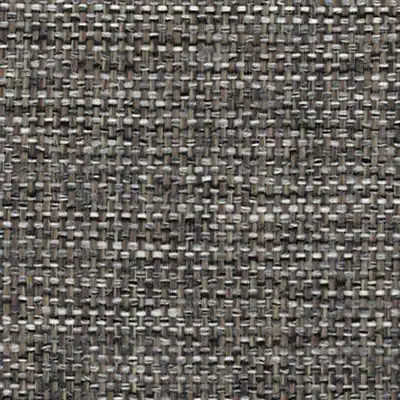
T17
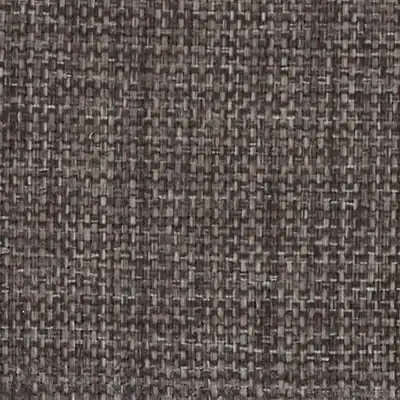
T18

T19
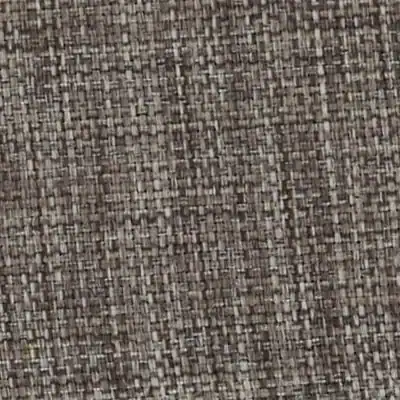
T21
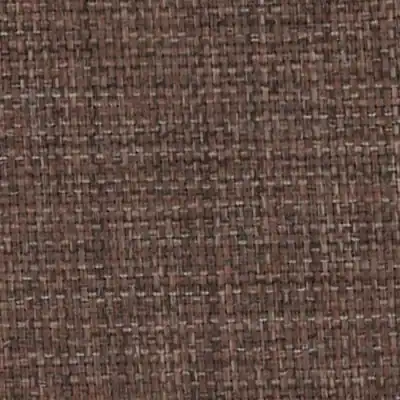
T22
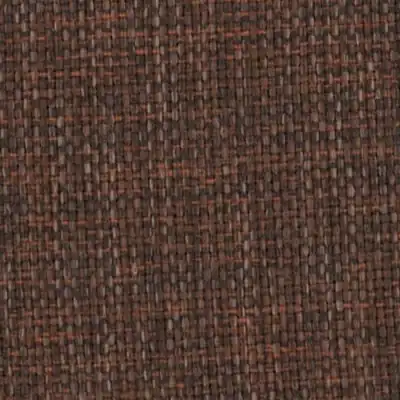
T23
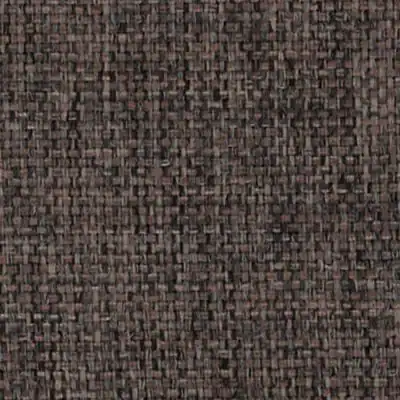
T24
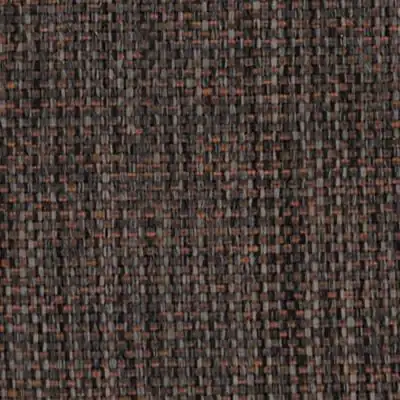
T25
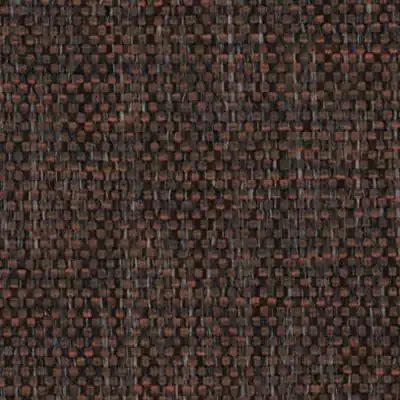
T26

T27

T28

T29
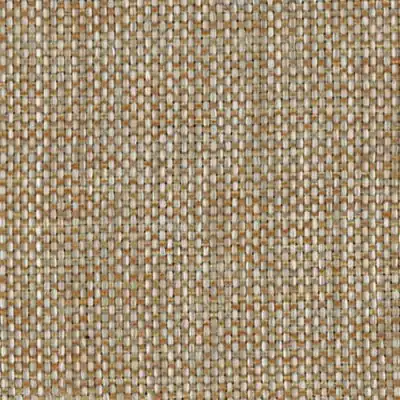
T30

T32

T33

T34
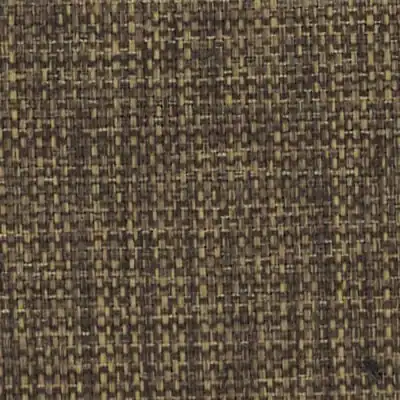
T35

T36

T37

T38

T40
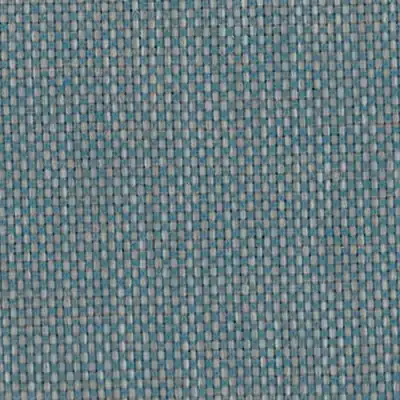
T41

T42
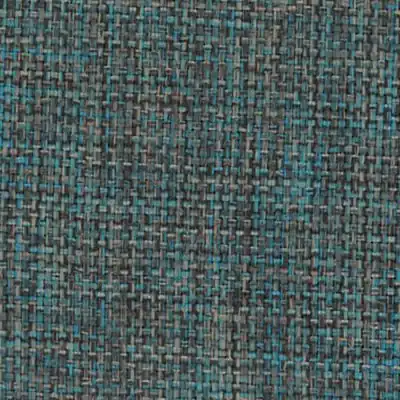
T43

T44

T45

T46

T47

T48

T50

T51

T52

T53

T54

T55

T56

T61
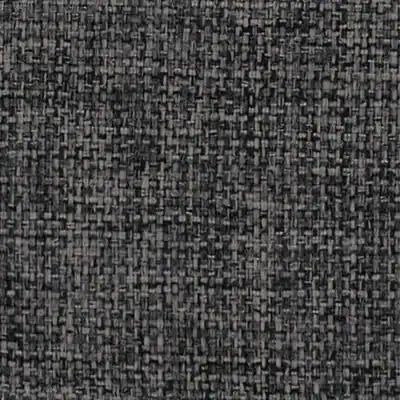
T62

T63
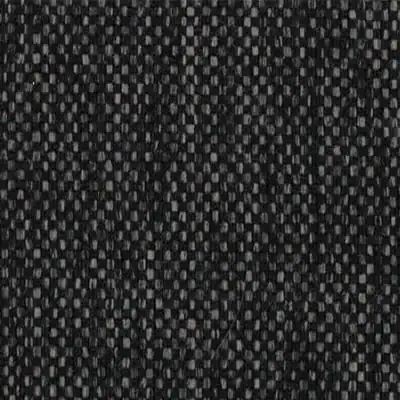
T64

T65

T66
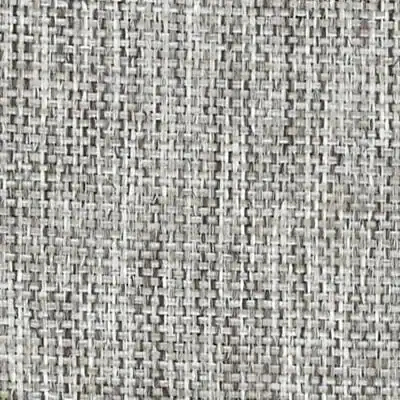
T71

T73
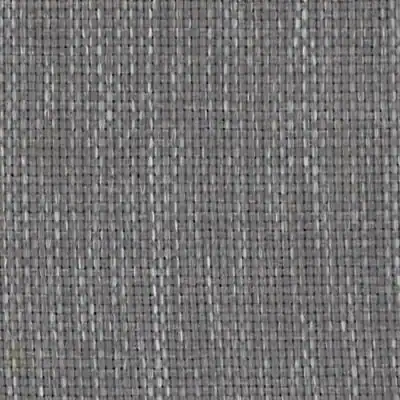
T76

T77
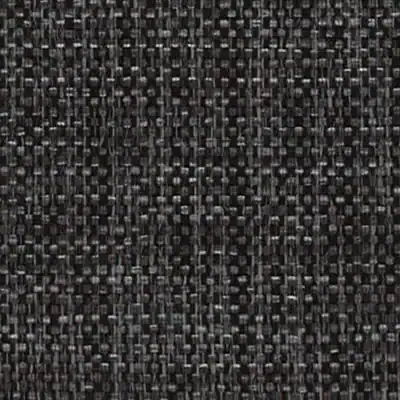
T78
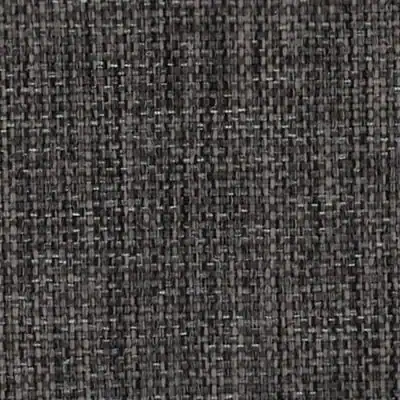
T79

T81

T82

T83

B-010

B-010

B-020

B-030

B-040
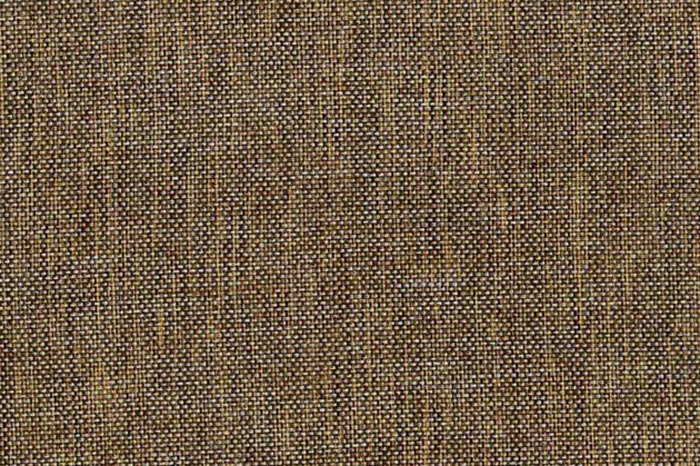
B-050

B-060

B-070

B-080

B-090

B-100

B-110

B-120

B-140

B-150
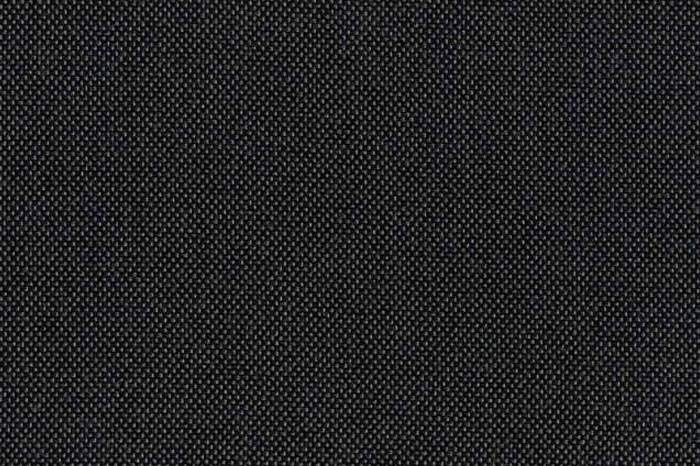
B-160

B-170

B-180

B-190

B-200

B-210

B-220

B-230

B-240

B-250

B-260
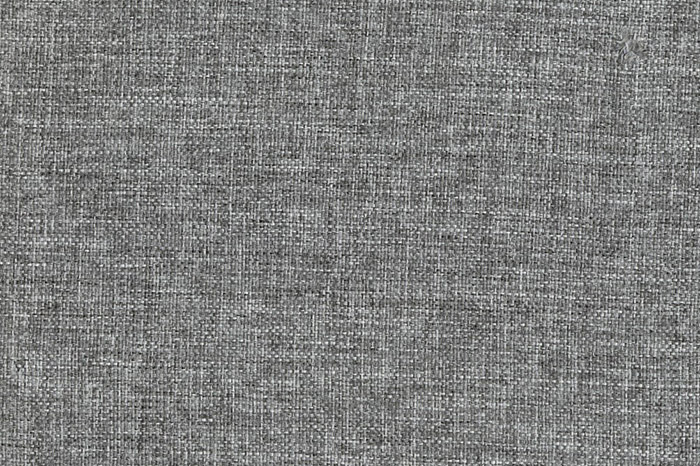
B-270

B-280

B-290

B-300
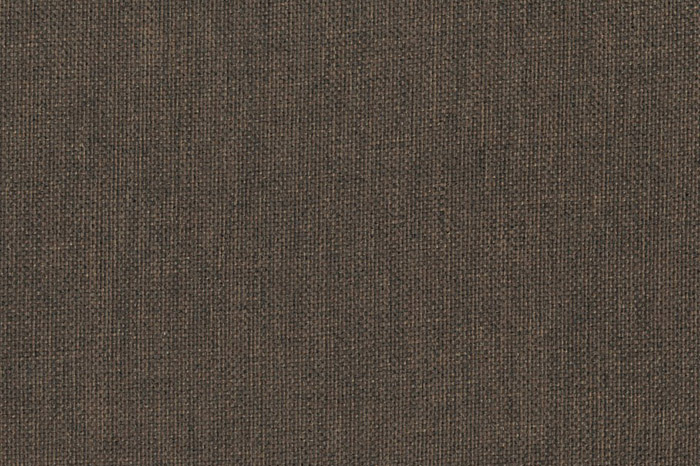
B-310

B-320

B-330

B-340

B-350

B-360

B-370

B-390

B-400

B-410

B-420

B-430

B-440

B-450

B-460

B-XXX

ACR001

ACR001

ACR004

ACR013

ACR014

ACR015

D102

D106

D108

D109

D116
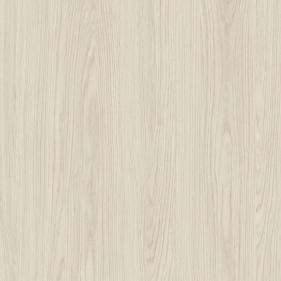
A656-MONET
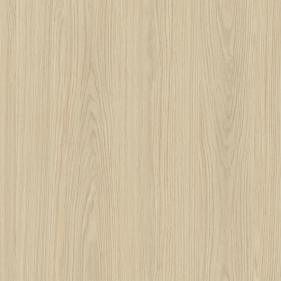
A657-GAUDI
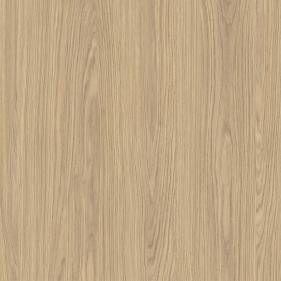
A658-KLIMT
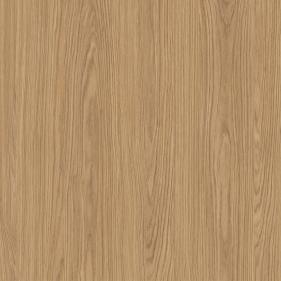
A659-MIRO
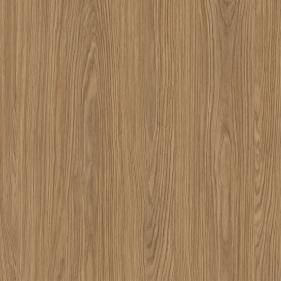
A660-RUBENS
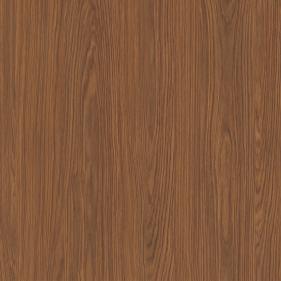
A661-MATISSE
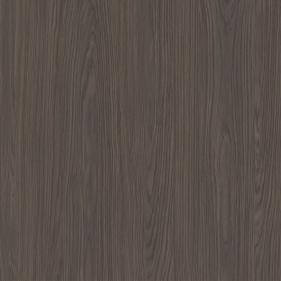
A662-REMBRANDT
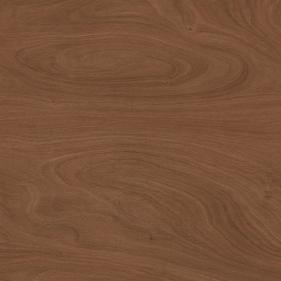
A664
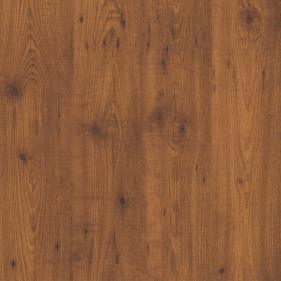
A665-MODERN-CAM

ACR002

ACR003

ACR005

D107

D264-BONY

D265-BROWNI

EVS015-INDIGO

EVS016-MILKSHAKE

EVS017-ESPRESSO
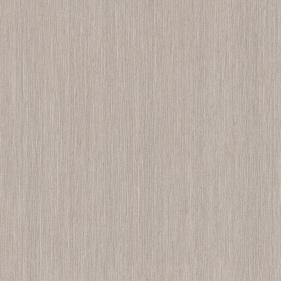
F358-HERAT
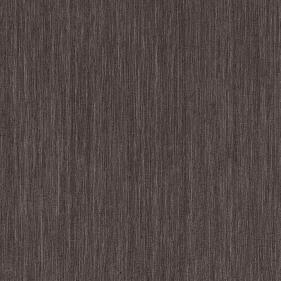
F359-KASGAR

F360-AGRA
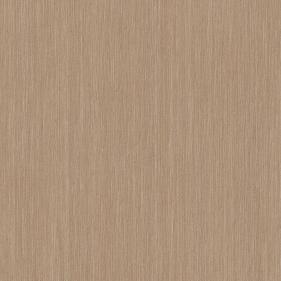
F361-HOTAN

P014-SOFT-MAT-YILDIZ-MAVICSIC

P015-SOFT-MAT-BAKIR-YAPRAK

P016-SOFT-MAT-COAYIR-YESOICLIC

D117

D117

D118

D122

D123

D126

D129

D140-1

D140-2

D140-3

D141

D142

D143-1

D143-2

D143-3

D143-4

D143

D145

D152

D155

D159

D160

D161

D162

D164

D166

D174

D186

D188

D216

D217

D218

D123-1

D125

D129-1

D129-2-1

D129-2

D133

D140

D158

D160-1

D216-1
Modern phone boxes are not just functional but also technologically advanced, offering private, soundproof, and comfortable spaces for calls, meetings, or focused tasks. Below is a detailed breakdown of the technical aspects that make phone boxes indispensable in today’s work environments.
Effective soundproofing is a hallmark of high-quality phone boxes.
Acoustic Panels: Designed with high-density materials to absorb sound and minimize noise pollution.
Double-Glazed Glass: Ensures sound insulation while maintaining visibility and an open feel.
Noise Reduction Levels: Typically rated between 28-35 dB, providing a quiet environment inside.
Sealing Mechanisms: Doors and edges feature high-quality rubber gaskets to eliminate sound leakage.
Comfort in confined spaces is ensured by well-designed ventilation.
Quiet Air Circulation: Equipped with low-noise fans to maintain optimal airflow without disrupting the soundproof environment.
Air Exchange Rate: Typically 30-50 m³/h, ensuring fresh air supply during prolonged use.
Smart Sensors: Advanced models come with occupancy sensors to automatically adjust airflow when in use.
Proper lighting enhances usability and reduces eye strain.
Energy-Efficient LEDs: Provide uniform, flicker-free illumination, often mimicking natural daylight with a color temperature of 3000-4000K.
Motion Sensors: Automatically activate the lights when someone enters and turn them off when unoccupied.
Adjustable Brightness: Dimmable options allow users to customize the light intensity for their tasks.
Phone boxes are built to last while maintaining a sleek and modern appearance.
Exterior Materials: Powder-coated steel or aluminum for durability and resistance to wear and tear.
Interior Panels: Acoustic foam or fabric-covered panels for both functionality and style.
Frame Structure: Lightweight yet sturdy aluminum or steel for stability and easy installation.
Fire Safety Compliance: Materials meet fire-retardant standards, ensuring safety in any environment.
Modern workplaces require phone boxes to be technologically equipped.
Power Outlets: Integrated sockets and USB ports for charging devices.
Cable Management Systems: Concealed wiring for a neat and organized interior.
Integrated Technology: Optional features like built-in screens, speakers, or microphones for virtual meetings.
Phone boxes are available in various sizes to meet different needs.
Single-User Models: Compact designs with dimensions around 1m x 1m x 2.2m, ideal for personal use.
Multi-User Models: Larger configurations (e.g., 2m x 2m x 2.2m) for small meetings or collaborative work.
Customizable Sizes: Tailored solutions for specific spatial requirements or design preferences.
Safety is a top priority in the design and manufacturing of phone boxes.
CE Certification: Ensures compliance with European safety and performance standards.
Fire-Resistant Materials: Built with certified fire-retardant panels for added safety.
Ventilation Standards: Systems designed to prevent overheating during extended use.
Sustainability is increasingly important in modern design.
Recyclable Materials: Aluminum, wood, and other components are often recyclable.
Energy Efficiency: LED lighting and low-energy ventilation reduce electricity consumption.
Green Certifications: Some models meet ISO 14001 standards for environmental management.
Applications of Phone Boxes
Corporate Offices: Ideal for private calls or quiet workspaces in open-plan settings.
Co-Working Spaces: Provides personal spaces in shared environments.
Public Spaces: Airports, libraries, and malls use phone boxes for convenience.
Educational Institutions: Offers quiet zones for students and faculty.